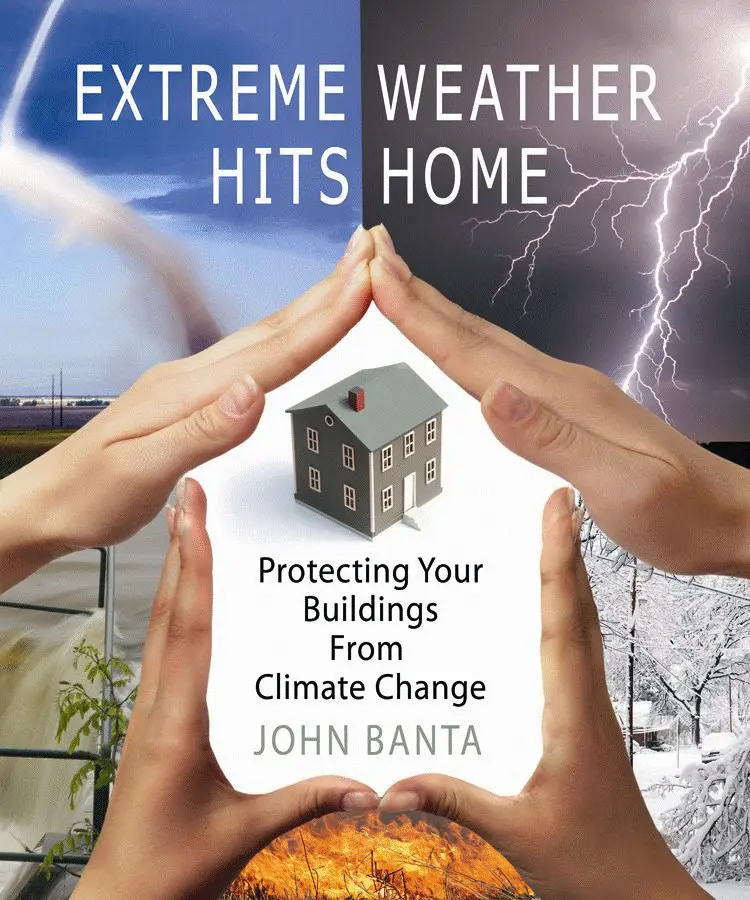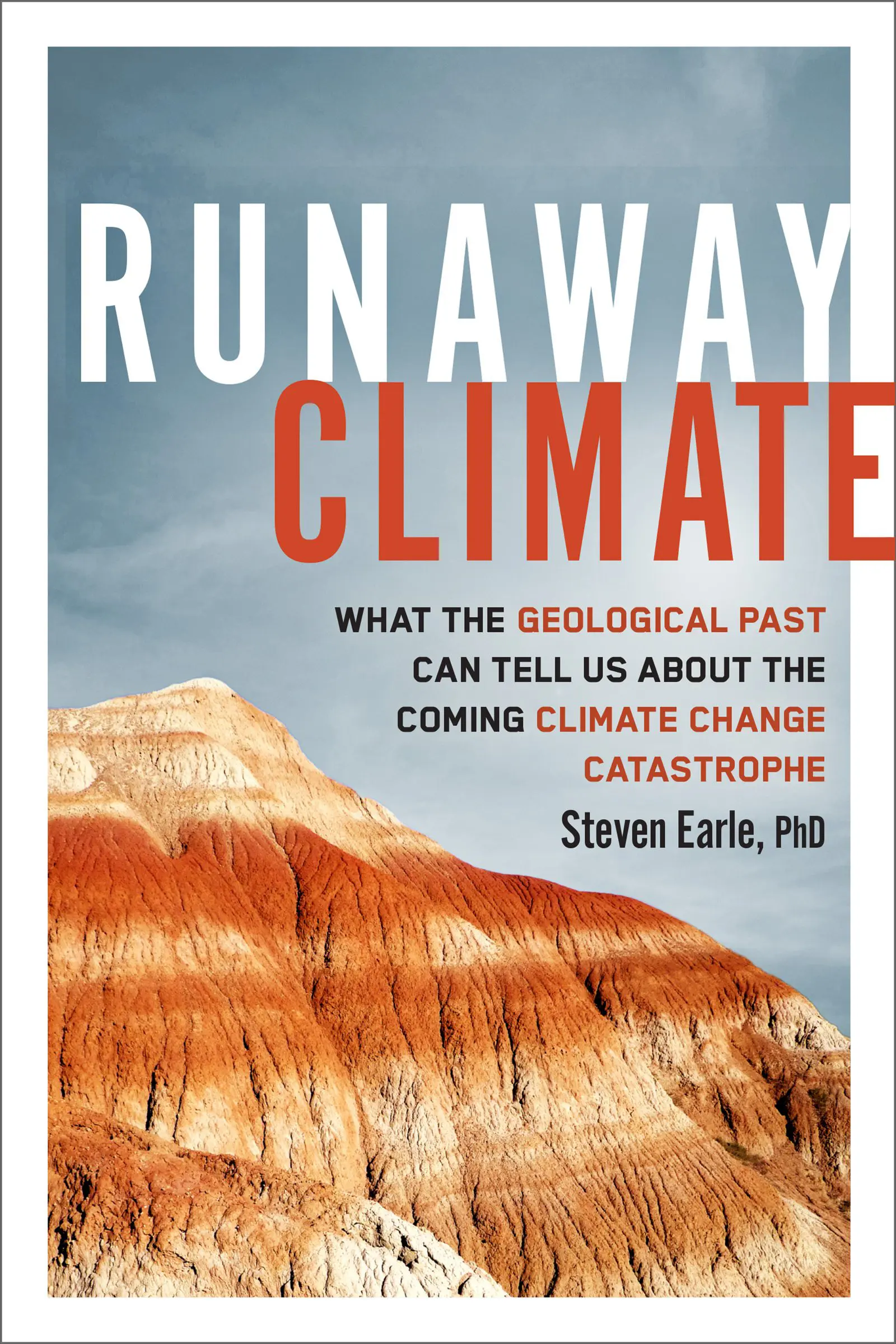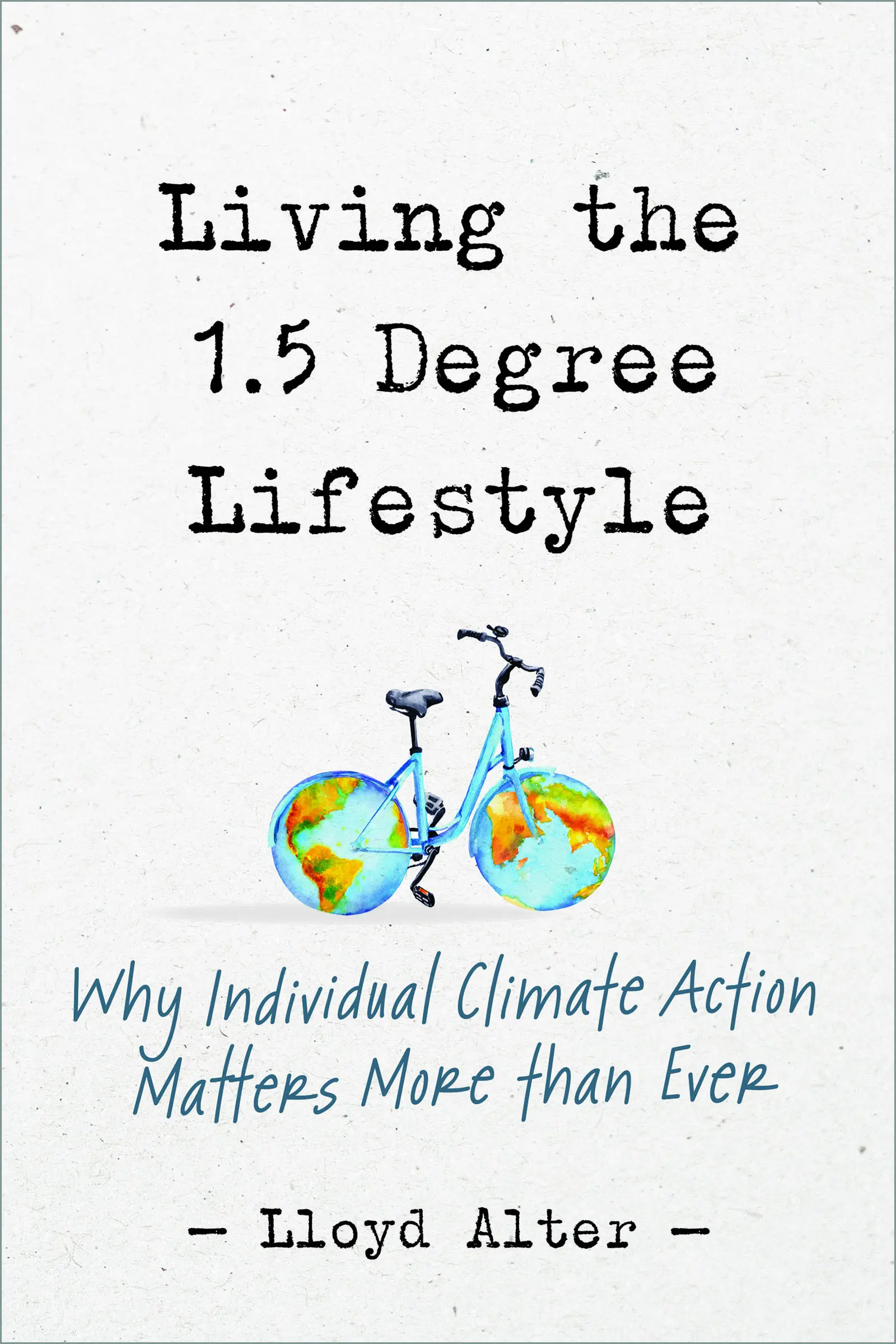
Climate change is triggering more frequent extreme weather events; hurricanes, droughts, and flooding, along with wildfires are becoming more frequent and severe, and often affecting regions that rarely experience these events. Rising global temperatures increase atmospheric moisture, leading to intensified storms and altered precipitation patterns. This connection poses significant threats to ecosystems, communities, and public health, highlighting the need for effective strategies to mitigate and adapt to these changes.
Hurricane Helene
On September 26, 2024, Hurricane Helene struck the Big Bend area of Florida’s Gulf Coast as a powerful Category 4 storm, with winds reaching 140 mph and a pressure of 938 millibars, as reported by the National Hurricane Center. This devastating event serves as a stark reminder of the escalating frequency and intensity of hurricanes associated with climate change.
Hurricane Helene unleashed catastrophic storm surges and destructive winds across Florida, followed by heavy rainfall that wreaked havoc throughout the Southeast. The storm’s most severe impacts were felt in the southern Appalachians, where unprecedented flooding resulted in hundreds of fatalities and billions of dollars in property and infrastructure damage and destruction.

The aftermath of Helene highlights an urgent need for improved climate-emergency preparedness. As communities grapple with recovery, there are growing calls to enhance early warning systems, develop resilient infrastructure, and adopt sustainable practices to mitigate future risks. This disaster has sparked renewed focus at both local and national levels on prioritizing disaster preparedness and climate-adaptation strategies, ensuring that vulnerable populations are better protected from future storms.
Emergency Preparedness Strategies
Hurricane Helene is not just a tragic event; it’s a pivotal moment for us to rethink how we prepare for the realities of a changing climate. Communities often create Emergency Preparedness Strategies in anticipation of potential tragedies. Whether simple or complex, an effective emergency preparedness plan can include the following tasks:
- Conduct a Risk Assessment: Identify local climate-related risks, such as floods, heatwaves, wildfires, or storms, to understand what your community needs to prepare for.
- Create a Community Emergency Plan: Develop a comprehensive plan that outlines procedures for various emergencies, including evacuation routes, communication methods, and resource allocation.
- Establish a Response Team: Form a community emergency response team that includes local leaders, volunteers, and representatives from different organizations to coordinate preparedness efforts.
- Host Training and Workshops: Organize training sessions and workshops for community members on emergency preparedness, first aid, and response protocols to empower everyone to take action.
- Set Up Communication Networks: Create systems for keeping everyone informed during emergencies, such as text alerts, social media groups, or community bulletin boards.
- Identify Safe Shelter Locations: Designate safe places within the community where residents can go during severe weather events, ensuring everyone knows their locations.
- Review and Update Evacuation Routes: Clearly mark evacuation routes and ensure they are accessible to all community members, including those with disabilities.
- Build Community Partnerships: Collaborate with local organizations, businesses, and emergency services to strengthen support networks and share resources.
- Develop Emergency Supply Kits: Encourage households to create emergency kits that include essentials like water, non-perishable food, first aid supplies, and flashlights.
- Regularly Test and Revise the Plan: Conduct drills and simulations to test the emergency plan, and make improvements based on feedback and lessons learned.
By following these tasks, your community can become more resilient and better prepared for climate-related emergencies. Together, you can create a safer and more supportive environment for everyone!
New Society Publishers Offers Support
Hurricane Helene is especially concerning for us at New Society Publishers—not only because of its connection to climate change, but also because several of our authors live in or near the affected areas. Thankfully, as power is being restored and people are able to communicate, we’re gradually hearing that many are safe.
If you’d like to offer help, here are some grassroots ways to get funding and support directly to those in need, or get more information on how to start preparing for future events.
- Organic Grower’s school has compiled GoFundMe links and links to support affected farms directly.
- Firestorm Books and Coop have been doing mutual aid prep for a long time and helping in whatever way they can.
- Warren Wilson College, in one of the hardest hit areas in Swannanoa, is a great resource for community information and has created The Post-Helene Fund for Recovery and Renewal.
- USA.gov’s Hurricane Helene page is full of valuable resources on disaster recovery, financial assistance, safety, weather, communications and much more…






